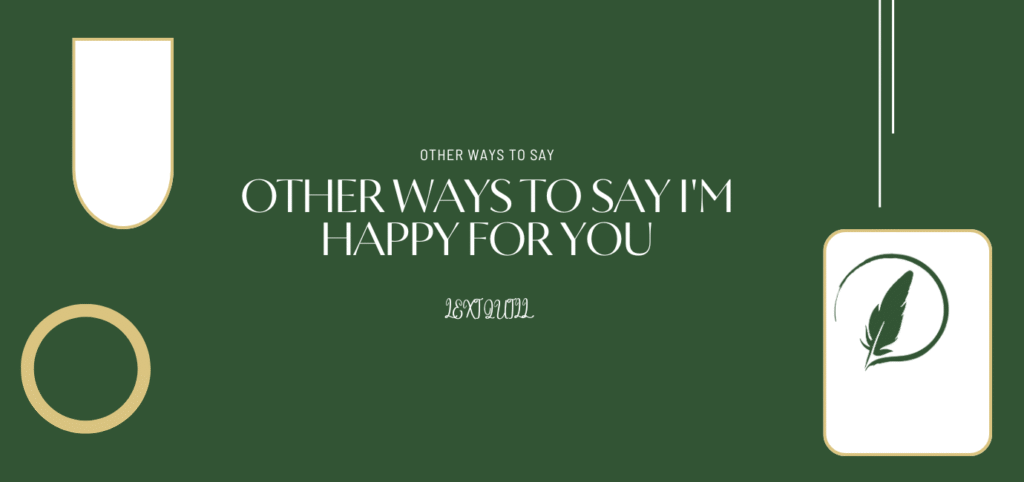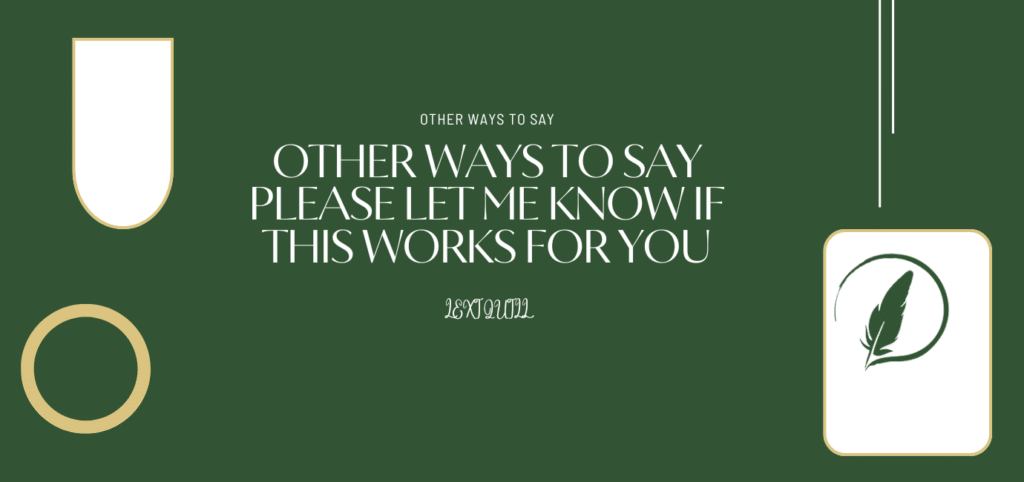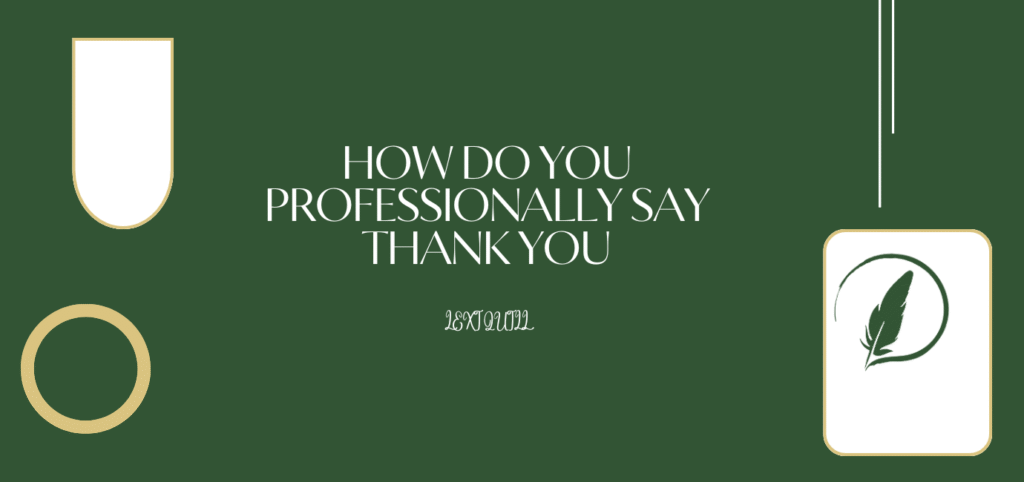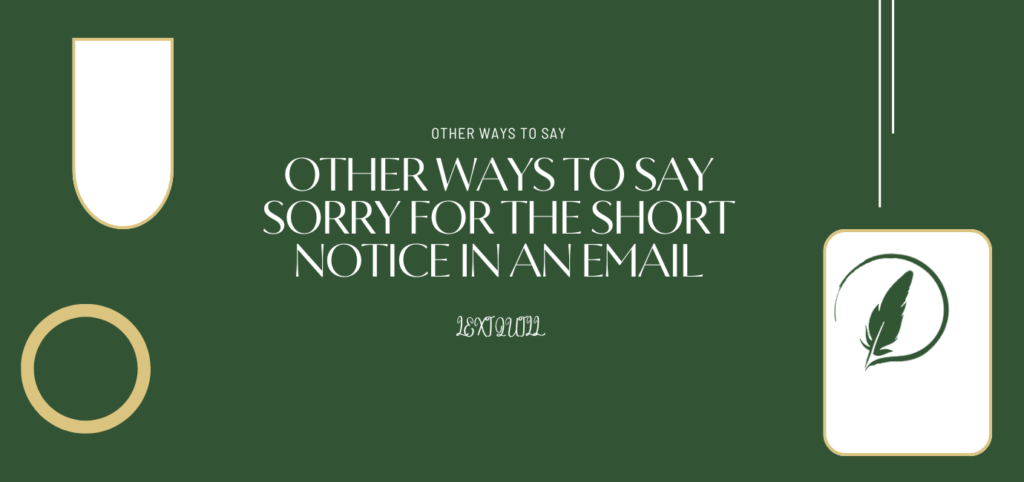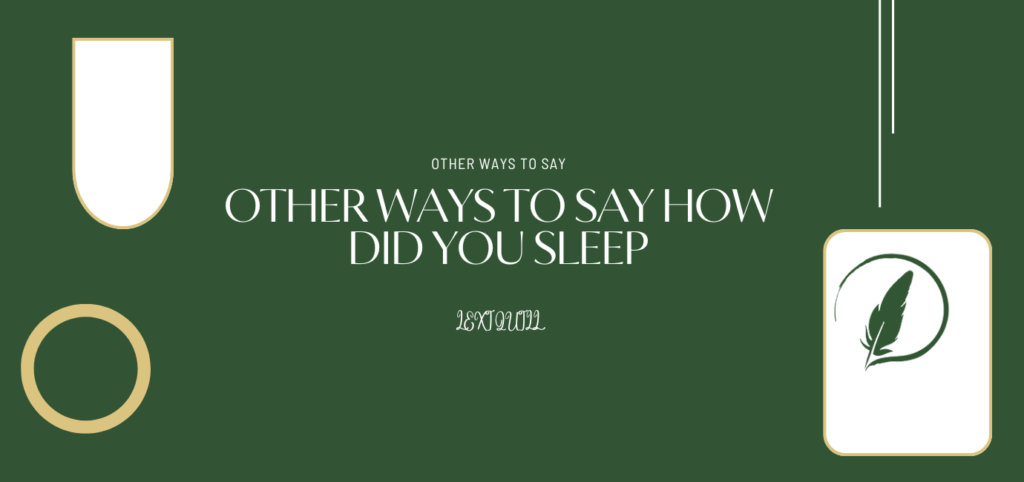In many conversations, we often say “No worries” to assure someone that there’s no problem or that they don’t need to feel bad about something. While this phrase is friendly and relaxed, there are many other ways to express the same sentiment, depending on the tone and situation.
Why Use Alternatives?
“No worries” is a colloquial expression, but having alternative responses available makes your language more dynamic and context-sensitive. Whether it’s business, small talk, or formal conversation, using various phrasings can make you sound more reflective, more polite, or more engaging. Having a range of expressions allows you to tailor your response to fit different settings and moods, enhancing your communication style and ensuring that your message is received with the intended tone.
1. It’s all good.
A casual and reassuring way to say that everything is fine. This phrase is often used when someone apologizes or seems worried about an issue, and you want to let them know there’s no need to be concerned.
Example: “Don’t stress about it, it’s all good!”
2. No problem.
A commonly used phrase to indicate that something is not an issue or cause for concern. It’s a simple way of saying that the task or favor was not a hassle, and it was your pleasure to help.
Example: “No problem, I’m happy to help.”
3. Don’t worry about it.
A comforting phrase that reassures the other person not to be concerned or feel bad about something. It’s often used when someone apologizes unnecessarily or expresses concern about something trivial.
Example: “You don’t have to apologize, don’t worry about it.”
4. It’s nothing.
A simple, down-to-earth way to dismiss any issue or concern, often used when you want to convey that the favor or task was no trouble at all.
Example: “Really, it’s nothing. I was happy to do it.”
5. Think nothing of it.
A slightly formal way to assure someone that their concern is unnecessary, often used in more polite or professional settings. It conveys that there is no need for thanks or further acknowledgment.
Example: “Think nothing of it, it was my pleasure to assist.”
6. You’re welcome.
A polite and professional way to acknowledge thanks without adding unnecessary details. It’s one of the most common ways to respond when someone expresses gratitude and ensures that the tone remains courteous.
Example: “You’re welcome! Happy to help.”
7. Glad to help.
A friendly and enthusiastic way to show that you enjoyed assisting someone, often used in both personal and professional contexts. It conveys a warm, positive tone.
Example: “Glad to help, let me know if you need anything else.”
8. Anytime.
A simple and warm response, indicating that you’re always willing to help whenever the person needs it. It suggests availability and a willingness to assist in the future.
Example: “Anytime! Just reach out if you need me.”
9. That’s alright.
A neutral and calm way to let someone know that their concern or apology is not an issue. It’s useful when you want to convey reassurance without making a big deal out of the situation.
Example: “That’s alright, don’t worry about it.”
10. Not a big deal.
A casual phrase to downplay the situation and reassure the other person that it’s not something worth stressing over. It’s often used to show that the issue is minor and there’s no need for concern.
Example: “It’s not a big deal, really! I didn’t mind at all.”
Final Thoughts
With some of the options provided here to replace “No worries,” you can vary the tone and situation of the conversation to keep your language engaging and diverse. Whether you’re in the office or talking with friends, these expressions can help you convey reassurance more effectively. The next time you need to tell someone that everything is fine, try using one of these alternative expressions to keep things fresh and fitting for the moment.


